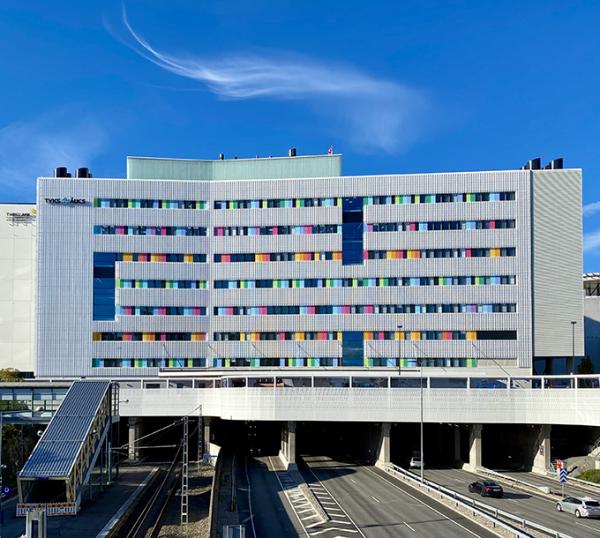Paediatric and Adolescent Emergency Department
Keywords:Opening hours and contact information
Visiting address
Postal address
Assessment of the need for care
Phone, Assessment of the need for care: 02 313 1420Ward Secretary
Phone, Ward Secretary: 02 313 2420Professional and official contact
Phone, Professional and official contact: 02 313 0000In the Paediatric and Adolescent Emergency Department, we look after the emergency care of those under 16 years of age round the clock.
Our emergency department is located at Tyks Lighthouse Hospital. Our goal is to provide a high level of quality in treatment as well as family-centred care and guidance in addressing childhood diseases.
We treat children's acute illnesses, patients requiring emergency assessment or treatment, and traumas affecting children, with the exception of high-energy injuries.
The peak infection season can cause occasional rush at the emergency department.
We are a part of result group for gynaecology and paediatrics.
- Please always call first: 02 313 1420. We use a callback service: in other words, please leave a request to call you back.
- In an emergency, always call 112.
Home care instructions
Hospitals
Tyks Lighthouse hospital
In the Lighthouse hospital we have paediatric and adolescent medicine, gynaecology and obstetrics, ear, nose and throat diseases and oral and maxillofacial diseases. You can also find some of the medical imaging functions in the Lighthouse hospital.
